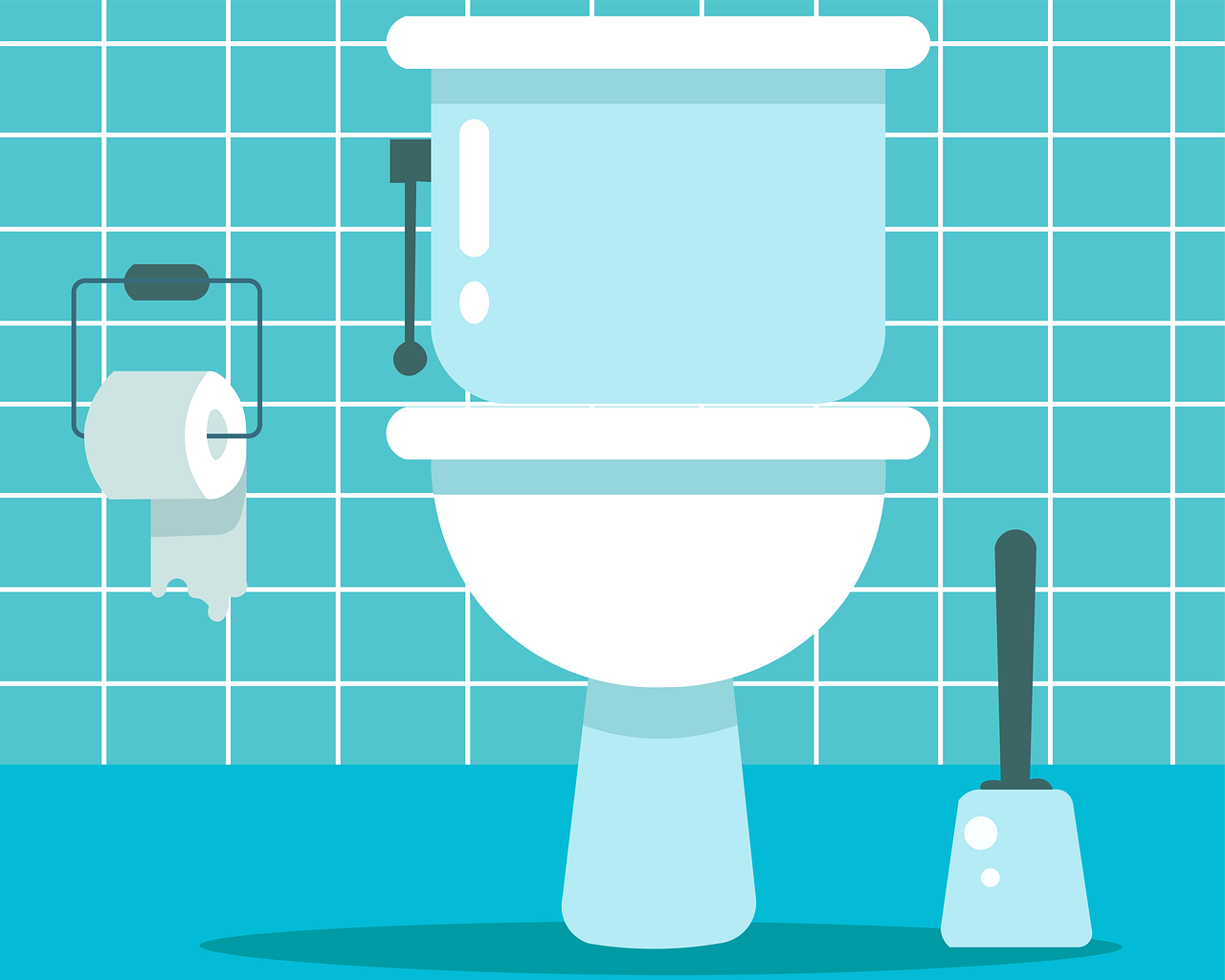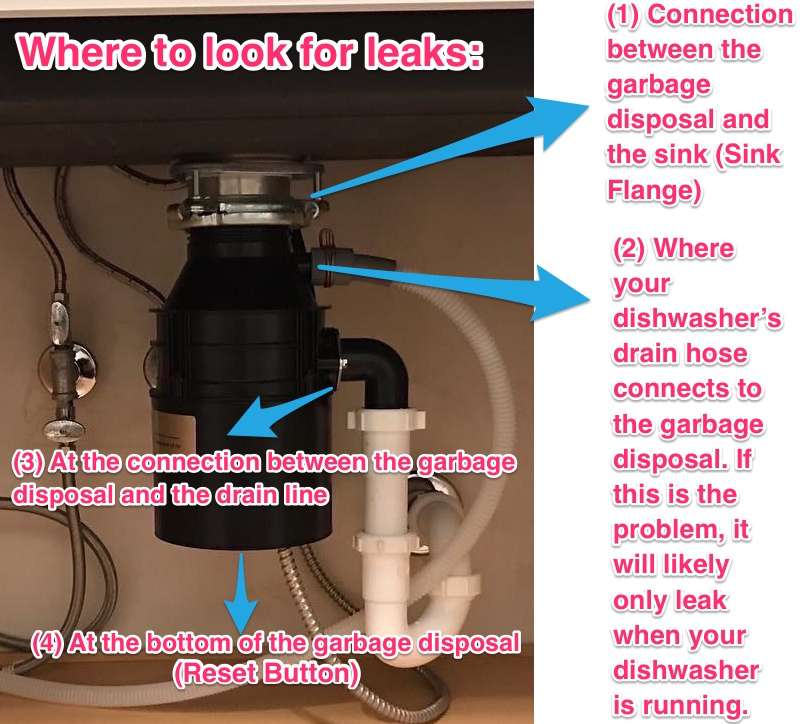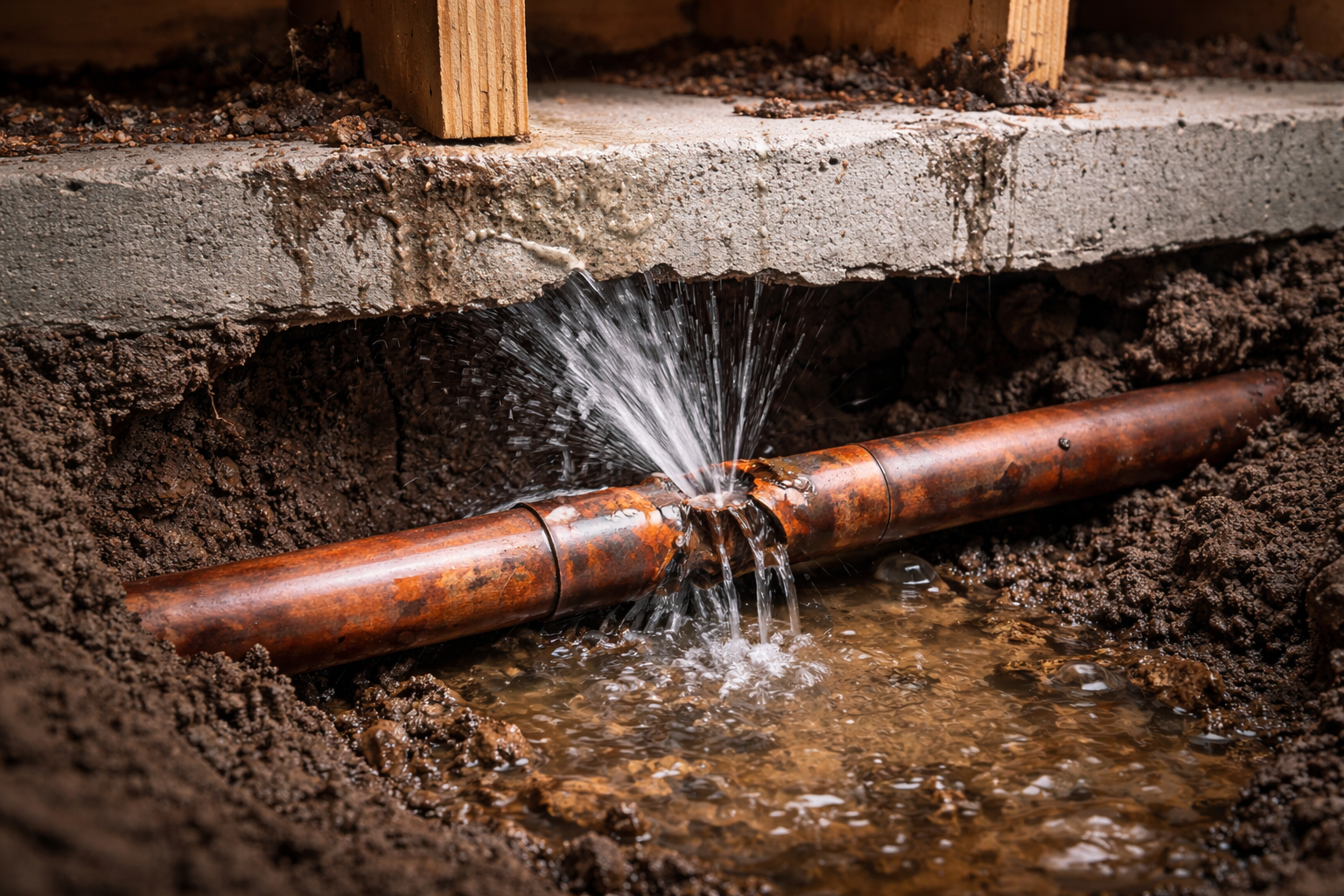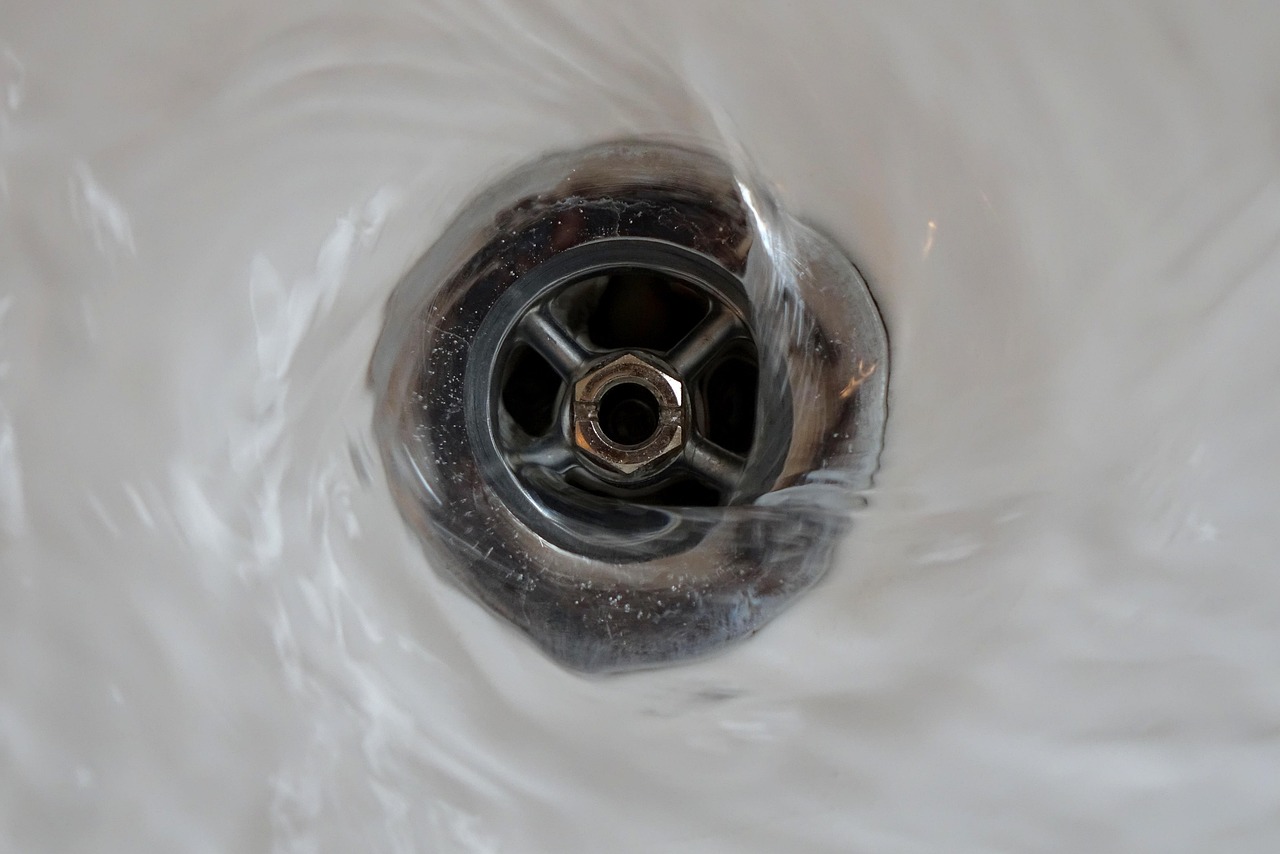
Dealing with a clogged toilet can be stressful—especially when your trusty plunger just isn’t doing the trick. Whether the water keeps rising or nothing seems to budge the clog, knowing what to do next can help you avoid a messy overflow or an expensive plumber visit.
If you’re stuck with a toilet that won’t drain, don’t panic. There are several simple and safe ways to break up a clog even without a plunger. Here’s what to try before calling a professional.
What Should I Do First?
When your toilet’s clogged, the most important thing is not to keep flushing it. If you flush while there’s already a blockage, water can overflow from the bowl and flood your bathroom floor. That can lead to water damage and even mold issues if it soaks into the floor or baseboards. Instead, wait to see if the water level in the bowl goes down naturally.
If the water doesn’t move or is right up near the edge, use a disposable cup or small container to carefully remove excess water. Pour it into a bucket or another toilet, making room in the bowl so you can try other unclogging methods without creating a mess.
Try Hot Water and Dish Soap
Hot water and dish soap is one of the easiest ways to clear a toilet clog without using a plunger. First, pour about a cup of liquid dish soap—like Dawn, Palmolive, or any regular brand—into the toilet bowl. The soap will help lubricate the pipes and break down greasy or organic materials that may be part of the clog.
After adding the soap, heat up a few cups of water until it’s hot but not boiling. Boiling water can crack porcelain toilet bowls, especially older ones, so aim for hot tap water or water just below the boiling point. Pour the water slowly into the toilet, and then wait 15 to 30 minutes.
In many cases, the hot water and soap will work together to soften and loosen the clog. You may hear some movement or gurgling as the clog breaks apart. After waiting, try flushing the toilet once to see if the water drains properly. If it works, you’ve just saved yourself a plumber’s visit. This method is recommended by plumbing professionals, especially for clogs caused by too much toilet paper or organic waste.
Use a Toilet Auger (Plumbing Snake)
If dish soap and hot water don’t work, the next step is to try a toilet auger—a tool specifically made for breaking up toilet clogs. Sometimes called a closet auger or plumbing snake, this flexible cable is designed to push through the twists and bends of your toilet’s trap and into the drain pipe.
To use it, insert the end of the auger into the toilet bowl and start turning the handle slowly. You may feel resistance when the auger reaches the clog. Keep turning until the auger breaks through the blockage or latches onto whatever’s causing the problem. Then pull it back out and dispose of any waste caught on the end.
Once you’ve removed the auger, flush the toilet to see if the water drains correctly. If it does, the clog has likely been cleared. If not, repeat the process or move on to another method. Here’s a helpful video tutorial on using a toilet auger safely.
You can pick up a toilet auger at your local hardware store, Home Depot, or Lowe’s. They’re usually affordable—around $25 to $40—and worth having on hand if you own a home.
Try Baking Soda and Vinegar
If you don’t have a toilet auger, another household method you can try is a baking soda and vinegar mixture. This chemical reaction helps break down organic waste and create pressure in the pipes that might dislodge a clog.
Start by pouring one cup of baking soda into the toilet bowl. Follow this with two cups of white vinegar. You’ll see bubbles and fizzing as the two ingredients react. Let the mixture sit for 20 to 30 minutes. This gives the reaction time to work on the clog.
After waiting, slowly add hot water to the bowl and see if it begins to drain. Try flushing once the water level drops. While this method may not work for larger or solid objects stuck in the pipes, it’s a good option for softer clogs or toilet paper backups.
Can I Use a Drain Cleaner?
It might be tempting to reach for a bottle of chemical drain cleaner, but most of these products aren’t safe for use in toilets. Many contain harsh chemicals that can damage porcelain bowls, corrode plumbing over time, or cause injury if they splash back while you’re working on the toilet.
Unless the label clearly states it’s safe for toilet use, it’s better to avoid chemical cleaners altogether. There are a few toilet-safe enzyme-based products available at hardware stores or online, but they usually work slowly and are best for maintaining flow, not breaking up major clogs.
What If I Don’t Have a Toilet Auger?
If you don’t have a toilet auger and can’t get one quickly, you can try a DIY method using a wire coat hanger. Unwind and straighten out the hanger as much as you can. Then wrap the end with a cloth or electrical tape to avoid scratching the toilet bowl.
Gently insert the wrapped end into the toilet drain and wiggle it back and forth to try breaking up the clog. Keep in mind that this method won’t reach as far as a real auger and may not work for clogs deeper in the pipes. However, if something is stuck just inside the trap, this could help loosen it.
Why Isn’t My Toilet Unclogging?
Sometimes a clog is just too tough for home remedies. If none of these methods work, you could be dealing with a more serious blockage. There are several reasons why your toilet might still be clogged:
One common cause is non-flushable items getting stuck in the pipes. Things like baby wipes, paper towels, feminine hygiene products, or even small toys can create a complete blockage. These items often don’t break down in water and can easily get caught in the trap or further down the drain line.
Another issue could be related to older plumbing. Over time, mineral deposits or scale can build up inside pipes, narrowing the passage and making it easier for waste to get stuck. In rare cases, your problem might be due to tree roots invading your sewer line or a collapsed pipe. These issues usually require professional help and special tools to diagnose.
When Should I Call a Plumber?
If you’ve tried everything—dish soap, hot water, baking soda and vinegar, a toilet auger—and your toilet is still clogged, it’s time to call in a plumber. While some blockages can be handled with DIY methods, others require professional equipment like motorized augers or sewer inspection cameras.
It’s also a good idea to call a plumber if:
-
The toilet keeps clogging again shortly after being cleared.
-
Water backs up into nearby sinks, bathtubs, or showers when you flush.
-
You hear strange gurgling noises from other drains.
-
You suspect an object has been flushed that shouldn’t have been.
Professional plumbers can identify the root of the problem and solve it quickly without damaging your plumbing system. Waiting too long to fix a bad clog can lead to much bigger problems, like sewage backups or pipe damage.
Preventing Future Toilet Clogs
The best way to avoid another clog is by being mindful of what goes down your toilet. Toilets are only designed to handle human waste and toilet paper—nothing else.
Avoid flushing baby wipes (even those labeled “flushable”), paper towels, cotton balls, or sanitary products. These items don’t dissolve like toilet paper and can clog pipes quickly. Instead, throw them in the trash.
Another smart tip is to use less toilet paper if possible and flush more frequently during heavy use. If you have a household with small children, teach them early on what should and shouldn’t be flushed.
If your toilet clogs often, it may be time to upgrade to a pressure-assisted or high-efficiency model that’s better at handling waste with less risk of backup.
What to Do When a Plunger Doesn’t Work
Clogged toilets happen—but when a plunger doesn’t solve the problem, you still have plenty of safe and simple options. Hot water and dish soap, baking soda and vinegar, or a toilet auger can all be effective ways to break up a clog and restore flow.
Just remember to be patient, avoid chemical cleaners, and call a plumber if things get too difficult. Taking care of your plumbing now can save you from major headaches down the road.
If you want more professional advice, PlumbingSupply.com offers helpful toilet maintenance tips, or you can always stop by your local hardware store for guidance on tools and products.
What’s Next?
Doug Herrell Plumbing is a trusted leader in Brevard County, Florida, specializing in slab leak detection and re-piping services. Call us today for a free estimate before a slab leak causes unnecessary damage to your property.
About Doug Herrell Plumbing – lic#CFC 048487
Doug Herrell Plumbing has been Brevard County’s source for plumbing services since 1980. We are a family owned and operated business and take tremendous pride in providing honest and reliable plumbing services at an affordable price.
CALL 321-254-0004
Serving Melbourne, Palm Bay, Viera, Suntree, Titusville, Merritt Island, Melbourne Beach, Indialantic, Indian Harbour Beach, Cape Canaveral, Satellite Beach, Rockledge, West Melbourne, Cocoa, and Cocoa Beach.
continue reading


